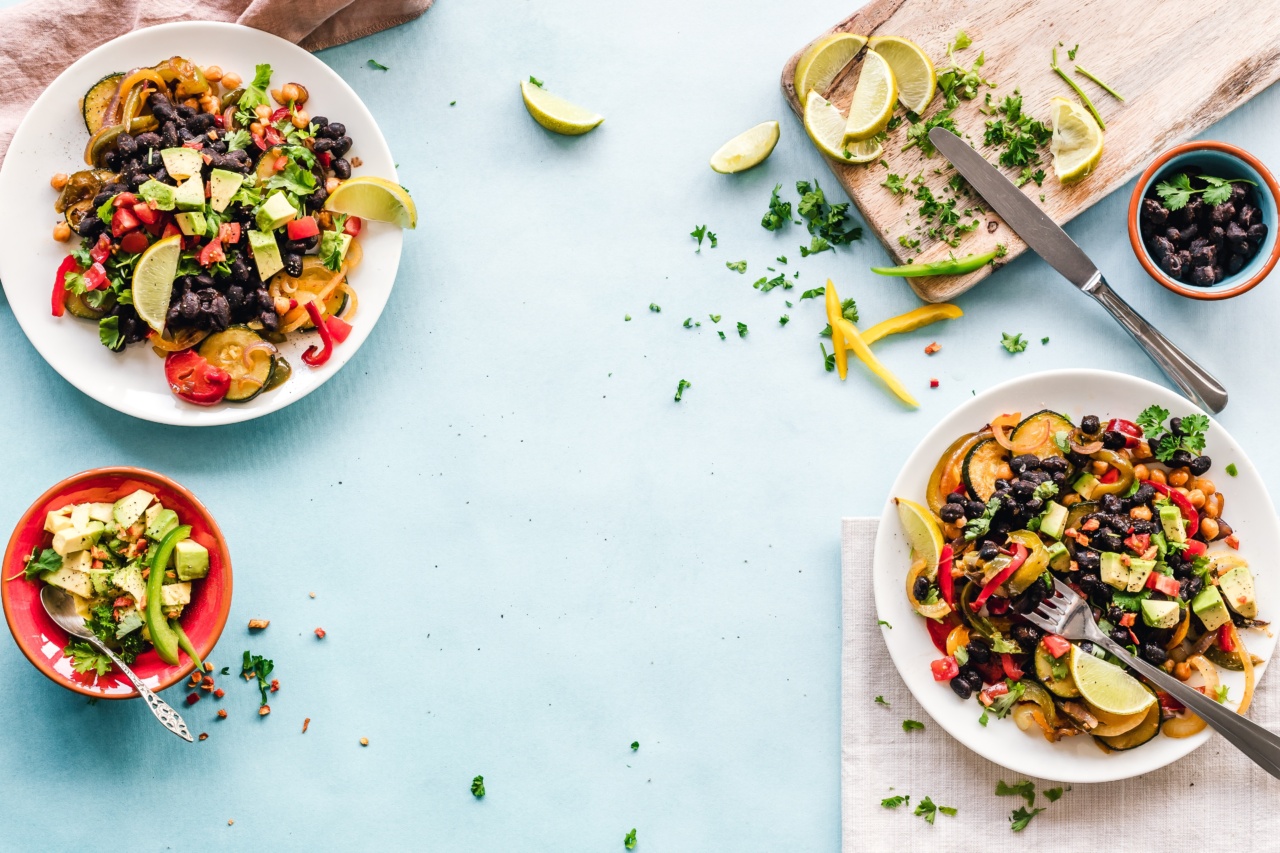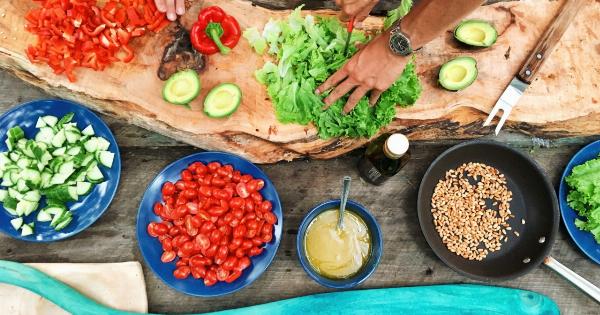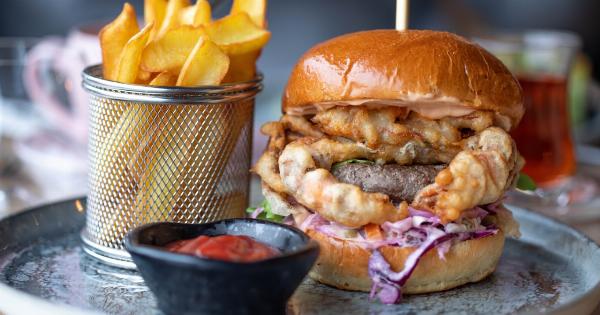Individuals living with Parkinson’s disease (PD) often face difficulties with various daily tasks, including cooking and meal preparation.
However, with the right strategies and a few adjustments, it is possible to create safe and healthy meals that cater specifically to the needs of individuals with Parkinson’s. In this article, we will explore some tips and guidelines to ensure nutritious and delicious food for those with PD.
Understanding the Challenges
Before diving into the specifics of cooking for Parkinson’s, it is crucial to understand the challenges faced by individuals with PD.
Parkinson’s disease can affect motor skills, coordination, and dexterity, making it harder to perform tasks such as chopping, stirring, and lifting heavy pots and pans. Additionally, people with Parkinson’s may experience swallowing difficulties or changes in taste sensitivity, which can impact their enjoyment of food.
Tip #1: Ensure a Parkinson’s-Friendly Kitchen
Creating a Parkinson’s-friendly kitchen environment is the first step towards safe and efficient meal preparation. Here are some ways to modify your kitchen:.
- Arrange frequently used items within reach and at waist level to avoid excessive bending or reaching.
- Opt for lightweight and easy-to-handle cookware and utensils.
- Use non-slip mats or grips to secure cutting boards and bowls in place.
- Install grab bars near the stove and countertops for added support.
- Ensure there is adequate lighting to minimize tripping hazards.
Tip #2: Focus on Nutrient-Rich Foods
A well-balanced diet is essential for individuals with Parkinson’s disease to support overall health and manage symptoms. Incorporate nutrient-rich foods that are known to promote brain health, such as:.
- Leafy greens like spinach and kale
- Fatty fish rich in omega-3 fatty acids, like salmon and sardines
- Colorful fruits and vegetables loaded with antioxidants
- Whole grains like brown rice and quinoa
- Lean protein sources like chicken, turkey, and tofu
Try to limit the consumption of processed foods, sugary snacks, and foods high in saturated fats, as they can contribute to inflammation and other health issues.
Tip #3: Adapt Cooking Techniques
Modifying cooking techniques can make meal preparation more manageable for individuals with Parkinson’s. Consider implementing the following strategies:.
- Pre-cut ingredients and portion them in advance for easier access during cooking.
- Use kitchen appliances such as food processors or blenders for chopping and blending.
- Consider opting for one-pot or sheet pan meals to minimize the number of pans and simplify the cooking process.
- Utilize slow cookers or pressure cookers to reduce the need for constant stirring and monitoring.
- Experiment with alternative cooking methods like steaming or baking instead of frying or grilling.
Tip #4: Enhance Flavor and Texture
Some individuals with Parkinson’s disease may experience changes in taste and texture perception, which can impact their enjoyment of food. To enhance the flavor and texture of meals:.
- Experiment with different herbs, spices, and seasonings to add depth and variety to dishes.
- Use marinades or tenderizers to make meat more palatable and easier to chew.
- Incorporate different cooking techniques, such as braising or slow-cooking, to tenderize tougher cuts of meat.
- Add small amounts of natural sweeteners, like honey or maple syrup, to balance flavors.
- Try incorporating different textures through ingredients like nuts, seeds, or crunchy vegetables.
Tip #5: Encourage Independence and Assistance
It is important to promote independence in individuals with Parkinson’s disease while ensuring their safety in the kitchen. Encourage participation in meal planning and preparation according to their abilities.
Consider the following recommendations:.
- Break down tasks into smaller, manageable steps.
- Label spices and ingredients to facilitate easy identification.
- Use adaptive equipment, like easy-grip utensils or specialized cutting boards, to increase independence.
- Seek assistance from caregivers or loved ones if needed.
- Consider meal delivery services or pre-made meal kits to alleviate the burden on particularly challenging days.
Conclusion
Cooking for individuals with Parkinson’s disease requires some adjustments and considerations, but it is entirely possible to create safe and healthy meals that support overall well-being.
By understanding the challenges, modifying the kitchen environment, focusing on nutrient-rich foods, adapting cooking techniques, enhancing flavor and texture, and encouraging independence, caregivers and individuals with Parkinson’s can ensure enjoyable and nutritious meals. With proper planning and creativity, cooking can still be a wonderful and fulfilling experience despite the challenges posed by Parkinson’s.






























